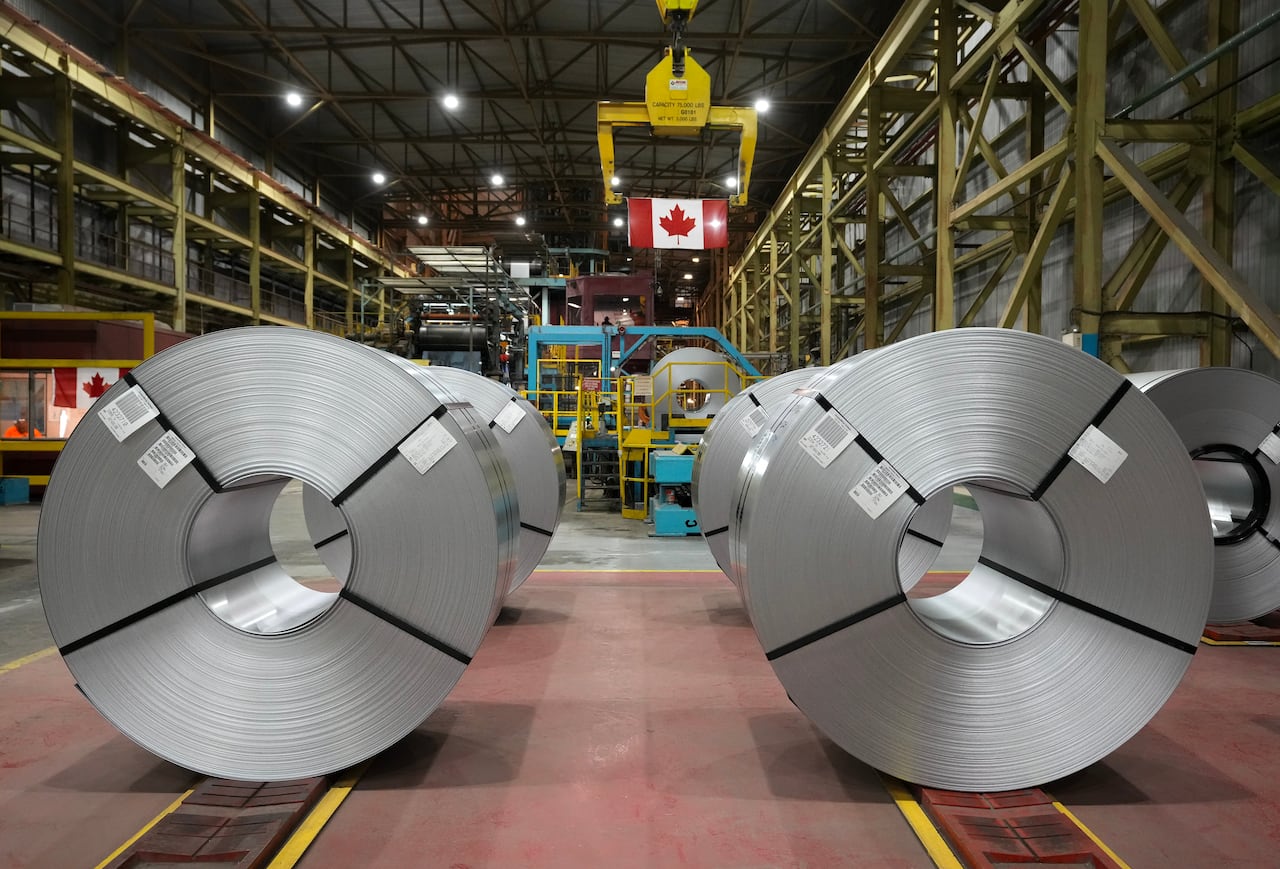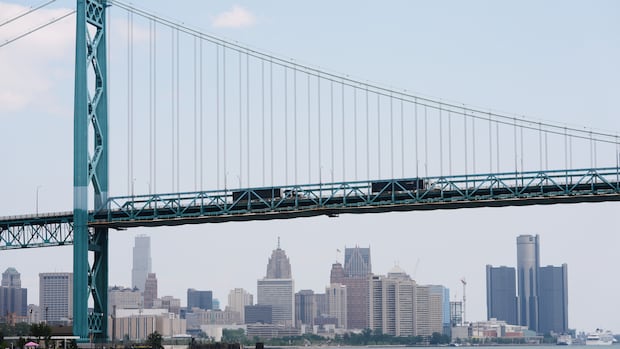Canada had collected more than $3 billion through U.S. counter-tariffs before removing a swath of levies in September, according to the Finance Department — a fraction of what the Liberals had promised to rake in during the current fiscal year.
The Liberals’ spring election platform estimated that the government could raise $20 billion from retaliatory levies on U.S. goods this fiscal year. But Prime Minister Mark Carney agreed to remove a majority of CUSMA-compliant imports in an effort to advance trade talks with Washington.
The Liberals are set to release this year’s budget on Tuesday and it’s expected to show a deeper deficit than the last fiscal update.
Carney defended dropping tariffs last week even though an agreement with the U.S. hasn’t yet been made, saying the “value of those retaliations was diminishing.”
“The reality is that Canada was one of only two countries that had retaliatory tariffs on [the U.S.],” Carney told reporters while attending a summit in Malaysia.
“There is a cost at home for those tariffs. They were designed to minimize those costs, but there’s still a cost at home and those costs build up over time.”
Prime Minister Mark Carney, speaking from Malaysia on Monday, was asked about his reaction to U.S. President Donald Trump’s decision to cut off trade talks with Canada over an anti-tariff ad released by the Ontario government — and whether he thinks there may have been other factors involved.
Finance Minister François-Philippe Champagne said the government needed to adapt when asked last week what removing a majority of counter-tariffs meant for the budget’s bottom line.
“I think you would have seen things change quickly. So we always need to adapt and review our posture, but first and foremost what we’re doing is to support Canadian industry,” Champagne told reporters on Parliament Hill.
Bill Robson, president and CEO of the C.D. Howe Institute, said it’s “not helpful to have a big revenue shortfall” but said relying on tariffs as a revenue source isn’t a good idea given that the levies can hurt the economy.
“We do need to raise revenue, but there are less painful ways of doing it. Tariffs are a very damaging way of raising revenue,” Robson told CBC News.
The Finance Department told CBC News in a statement that the $3 billion figure doesn’t include amounts that were collected and then redistributed to impact industries. In April, the government granted a six-month relief program for a number of goods — which would still have been in place when a majority of the tariffs were lifted at the beginning of September.
Steel association blames exemptions
President of the Canadian Steel Producers Association Catherine Cobden said she’s not surprised by the figure given the exemptions that were granted.
While the government kept retaliatory tariffs on certain sectors like steel and aluminum, exemptions were kept in place and more were made last month.
The Finance Department says last month’s exemptions mean the government is forgoing another $78 million in tariff revenue. Those funds are essentially reuturned to the Canadian businesses that paid the tariffs.
Cobden argued that the government has taken the wrong approach and should mostly exempt products that aren’t produced in Canada.

“We have been calling on the government to modify the remission framework almost from the beginning. What we’d like to see is that the government takes an approach where they concentrate on giving remissions for things we don’t produce,” she told CBC News.
“The remission process in our country — it is broken. So that all translates to the revenue [not] being collected that the government originally thought they would collect,” she said.
Champagne defends the exemptions.
“We have been very, very diligent in how we grant these exemptions,” he said last week.
The Finance Department said more details about how much was collected from tariffs will be released in the budget.







